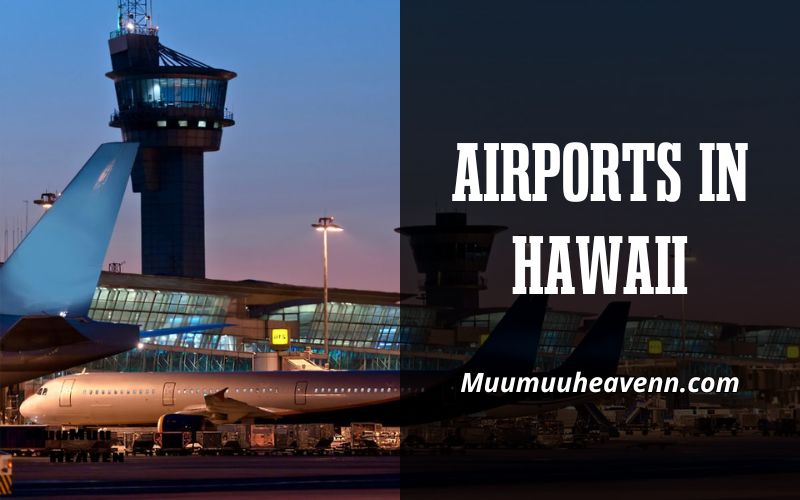Planning a trip to Hawaii? Understanding the islands’ airports is crucial for a smooth travel experience. This guide covers everything from location specifics to airport amenities, ensuring you arrive prepared and ready to enjoy paradise.
Whether you’re a first-time visitor or a frequent traveler, knowing your way around airports in Hawaii is key.
Contents
- 1 Main Commercial Airports – Gateways to the Hawaiian Islands
- 2 Exploring Other Essential Airports in Hawaii
- 3 Understanding Airport Codes and Their Significance
- 4 Services Offered at Key Hawaiian Airports
- 5 FAQs about Hawaii’s Airports
- 5.1 What are the busiest airports in Hawaii?
- 5.2 Can I travel between islands from these airports?
- 5.3 What unique amenities can I find at Hawaiian airports?
- 5.4 How early should I arrive at Hawaiian airports before my flight?
- 5.5 Are there transportation services available from Hawaiian airports to tourist destinations?
- 6 Conclusion
Main Commercial Airports – Gateways to the Hawaiian Islands
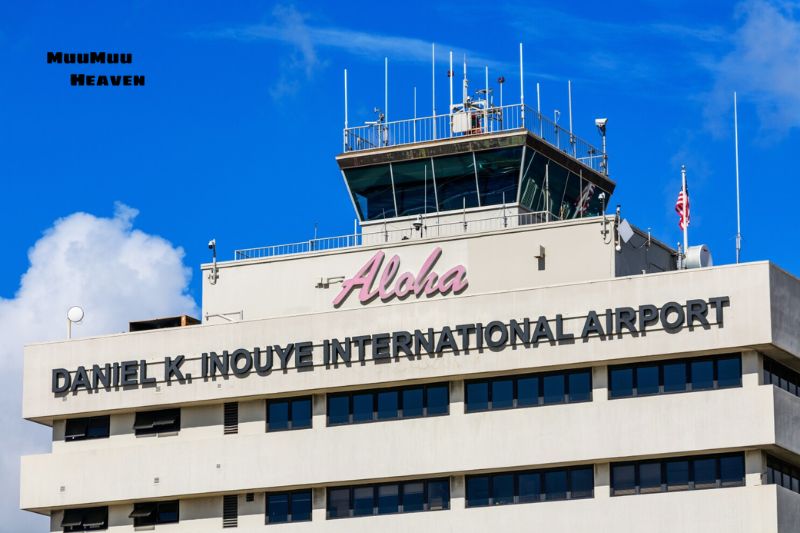
Hawaii’s allure as a premier tourist destination is greatly enhanced by its efficient and welcoming airports. Among these, the main commercial airports stand out as the primary gateways for millions of travelers.
These hubs not only connect the Hawaiian Islands to the world but also play a crucial role in shaping first impressions.
Daniel K. Inouye International Airport – A Hub of Activity
Daniel K. Inouye International Airport (HNL), located in Honolulu, is the largest airport in Hawaii and serves as a central hub for international and domestic flights. In 2019 alone, HNL handled over 10 million passengers, showcasing its capacity and significance.
As the primary entry point to the islands, it boasts comprehensive amenities and services designed to welcome all travelers:
- Multiple lounges and relaxation areas
- A wide range of dining options
- Various transportation services, including buses, taxis, and car rentals
Whether you’re flying in from Tokyo or Los Angeles, the seamless organization and friendly staff here ensure a smooth transition from the air to the island paradise.
Kahului Airport – Maui’s Air Travel Center
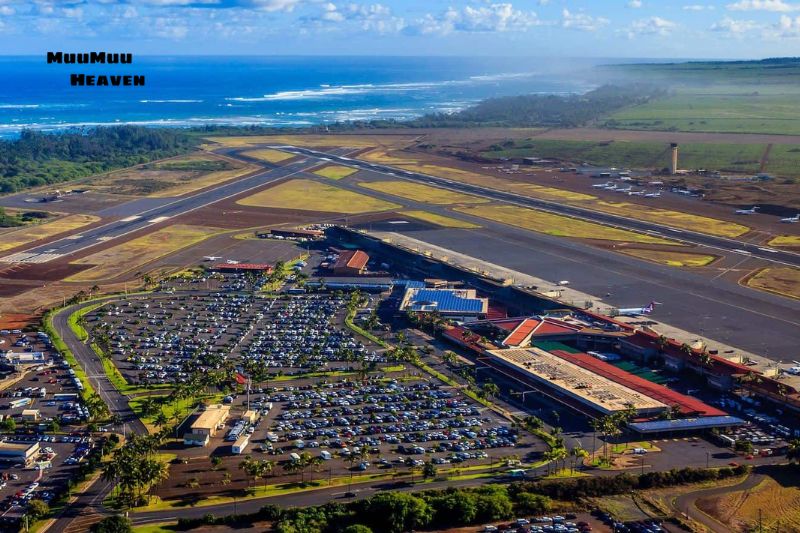
Moving to the enchanting island of Maui, Kahului Airport (OGG) stands as the second busiest airport in Hawaii. With over 3.5 million passengers in 2019, it acts as the pivotal air service provider for Maui, offering direct flights to and from cities across the USA, Canada, and other countries. Key features include:
- An efficient inter-island service network, crucial for tourists keen on visiting multiple islands
- Shops and restaurants that provide a taste of local cuisine and culture
- Car rental services directly linked to the main terminal for ease of access
Kahului Airport is your starting point for adventures in Maui’s stunning landscapes, from the historic Lahaina to the majestic Haleakalā National Park.
Lihue Airport – Kauai’s Air Gateway
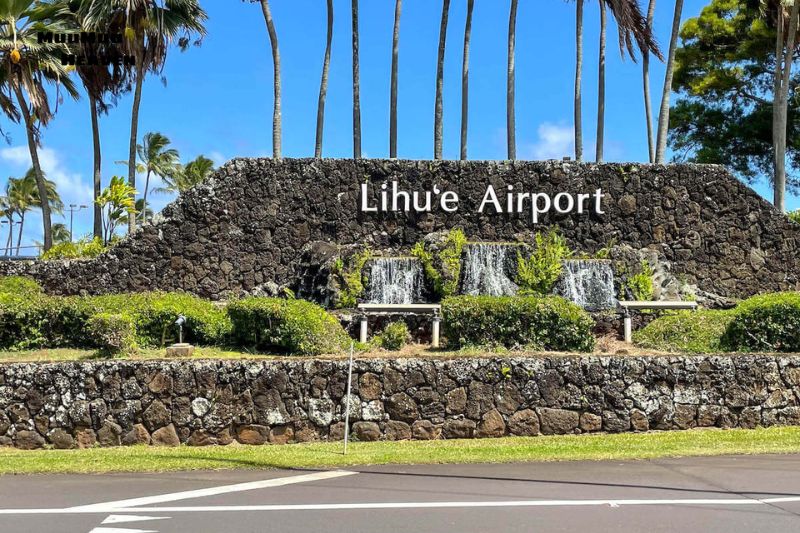
Lastly, Lihue Airport (LIH) on the island of Kauai, while smaller, is no less important. Serving over 1.6 million passengers in 2019, this airport is essential for those looking to explore Kauai’s dramatic cliffs and serene beaches. Its facilities are tailored to ensure a stress-free start to your vacation:
- A cozy airport layout that means fewer crowds and shorter walks
- Quick access to rental cars and shuttles, making it easy to get on the road and start your island exploration
- A charming open-air terminal that reflects Kauai’s laid-back vibe
Lihue Airport effectively supports Kauai’s tourism by offering direct routes to major U.S. cities, thereby facilitating a direct connection to this lush island.
Exploring Other Essential Airports in Hawaii
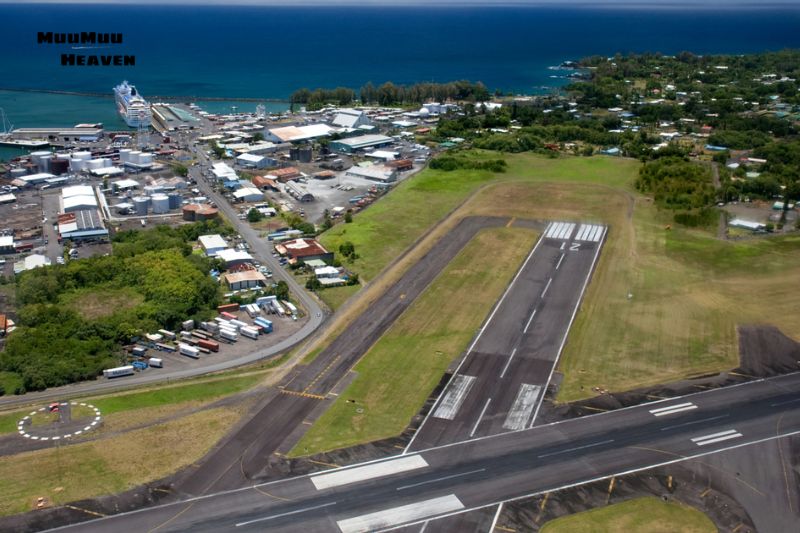
While the main commercial airports catch the most attention, Hawaii’s other essential airports play significant roles in connecting more remote areas and offering unique travel experiences. These airports ensure that all parts of the islands are accessible, enriching your Hawaiian adventure.
Hilo International Airport – Access to the Big Island
Hilo International Airport (ITO), serving as the gateway to the Big Island’s eastern region, offers both tourists and residents alike a convenient entry point to Hilo’s charming rainforests and the active Volcano National Park.
Despite its smaller size, ITO facilitated over 599,148 passengers in 2019 and continues to support the Big Island with essential services:
- Direct flights to major cities like Honolulu provide crucial connectivity.
- Basic yet functional amenities ensure travelers’ needs are met without overcrowding.
- Local buses and taxi services right from the airport make traveling to downtown Hilo or surrounding attractions easy and efficient.
Ellison Onizuka Kona International Airport at Keahole – A Small Hub with Big Impact
Ellison Onizuka Kona International Airport at Keahole (KOA) punches above its weight, providing an essential service as the western gateway to the Big Island. This airport handled 1,829,020 passengers in 2019 and is known for its unique open-air terminals which reflect the island’s laid-back atmosphere:
- Its strategic location offers immediate access to Kona’s coffee plantations and beautiful beaches.
- KOA’s single runway is remarkably efficient, managing both international and inter-island flights.
- Facilities like car rentals, shuttle services, and a variety of dining options cater to all incoming tourists, making it a critical hub for visitors to the western side of the Island.
Molokai Airport – Linking the Friendly Isle
Molokai Airport (MKK), located on a small island known for its traditional Hawaiian culture and stunning natural beauty, serves as an intimate hub for about 79,336 passengers annually. It’s your direct link to what is considered the most unspoiled of all the Hawaiian Islands:
- MKK offers several daily flights to and from major islands, which helps preserve its intimate, community-feel atmosphere.
- The airport facilities are modest, emphasizing the island’s commitment to simplicity and environmental respect.
- From MKK, travelers can easily access local transportation to explore Molokai’s scenic cliffs and historic sites.
Each of these airports – Hilo International, Ellison Onizuka Kona International at Keahole, and Molokai Airport – supports its community and enhances the travel experience by providing unique insights and access to Hawaii’s diverse landscapes.
Whether you’re landing in Hilo to explore the volcanoes, in Kona to enjoy the beaches, or on Molokai for a quiet retreat, these airports connect you directly to the beauty and tranquility of Hawaii.
Their smaller scale offers a more personal arrival experience, which many travelers prefer. Through these gateways, you can dive deep into Hawaii’s culture and natural splendor.
Understanding Airport Codes and Their Significance
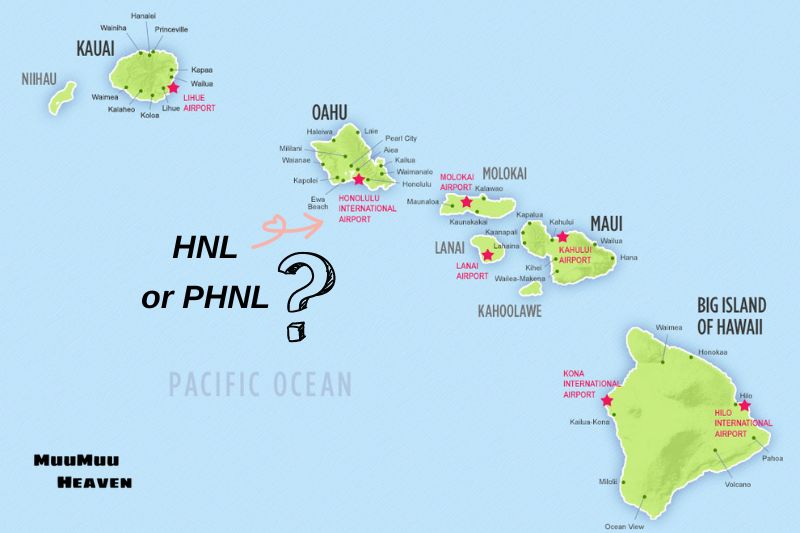
Navigating through airports can be a breeze or a puzzle, depending on your familiarity with the maze of codes each airport is tagged with. In Hawaii, as in the rest of the world, airports are primarily identified by a set of unique codes: FAA, IATA, and ICAO.
These codes do more than just label locations; they are crucial for the logistics that make air travel smooth and hassle-free.
The Role of FAA, IATA, and ICAO Codes
Each airport around the globe is designated by a specific set of codes issued by different aviation authorities, which help in identifying them on flight tickets, luggage tags, and global air traffic control systems.
- FAA (Federal Aviation Administration) Codes: These are primarily used within the United States for all domestic logistics and operations. For example, Honolulu’s airport is widely known by its FAA code, HNL.
- IATA (International Air Transport Association) Codes: These codes are used worldwide by airlines and travel agencies for booking flights and handling baggage. IATA codes are probably the most familiar to the average traveler; Honolulu’s is the same as its FAA counterpart, HNL.
- ICAO (International Civil Aviation Organization) Codes: ICAO codes are used globally for international flight operations and by air traffic control. They are more detailed and less commonly known by the general public. For instance, the ICAO code for Honolulu is PHNL.
How These Codes Affect Travelers
Understanding these codes can significantly impact your travel experience in several ways:
- Ease of Booking: Recognizing IATA codes can help you quickly identify your destination airport when booking flights online or with a travel agent.
- Luggage Safety: Knowing the correct airport codes ensures that your luggage is tagged accurately, reducing the risk of it being lost or misrouted.
- Flight Planning: For those flying private planes, recognizing FAA and ICAO codes is essential for planning routes and communicating with air traffic control.
- Global Connectivity: ICAO codes are especially important for international travelers as they help link different countries’ aviation systems together, facilitating smoother connections.
- Emergency Services: In emergencies, accurate knowledge of an airport’s FAA or ICAO code can be crucial for quick response and service dispatch.
Services Offered at Key Hawaiian Airports

Hawaii’s airports are more than just transit hubs—they are gateways to the islands’ stunning landscapes and vibrant cultures.
To make your journey as smooth and enjoyable as possible, each airport offers a variety of services and amenities designed to cater to the needs of all travelers, from tourists to business executives.
Commercial Services and Passenger Amenities
Whether you’re departing or just arriving, the Hawaiian airports ensure that you have access to comprehensive commercial services. Here’s what you can expect:
- Retail Outlets: From last-minute souvenirs at Honolulu’s Daniel K. Inouye International Airport to designer brands at Kahului, shopping options abound.
- Dining: Enjoy a meal or a quick snack at various eateries ranging from fast food joints to sit-down restaurants offering local Hawaiian cuisine.
- Lounges: Several airports offer exclusive lounge areas where passengers can relax in comfort before their flights. These facilities often provide complimentary snacks, drinks, and Wi-Fi.
These amenities not only enhance the travel experience but also provide comfort and convenience to passengers waiting for their flights.
General Aviation and Transportation Services
For those flying in or out on private aircraft or small charters, Hawaii’s airports are well-equipped to handle general aviation needs:
- General Aviation Terminals: Airports like the Ellison Onizuka Kona International at Keahole have dedicated terminals for private planes, offering personalized services.
- Car Rentals and Shuttles: Major rental agencies are available at all key airports, along with shuttle services that connect to major tourist locations.
Transportation services are crucial in ensuring that travelers can move seamlessly from the airport to their final destination in Hawaii, whether it be a beach resort in Maui or a retreat in Kauai.
Connectivity and Support Services
- Free Wi-Fi: Stay connected with free internet access at spots throughout the airport.
- Tourist Help Desks: Get local travel information and assistance right at the airport.
FAQs about Hawaii’s Airports
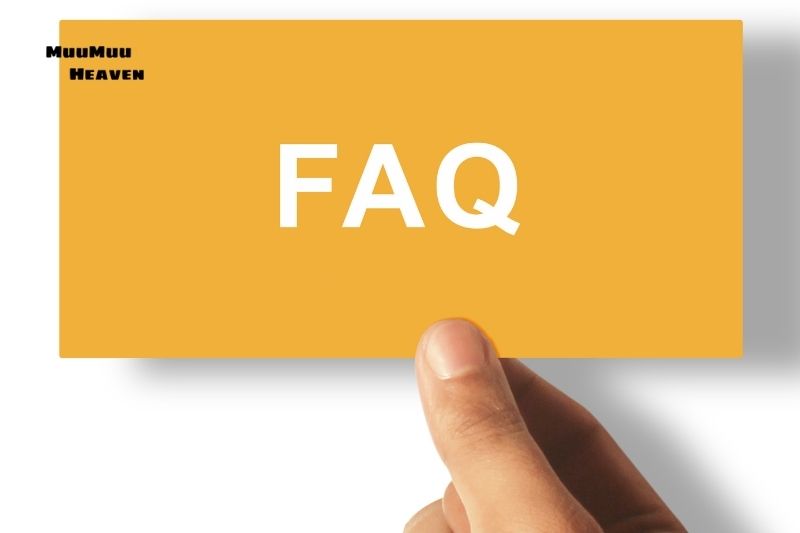
What are the busiest airports in Hawaii?
Honolulu International Airport and Kahului Airport are among the busiest, serving millions of passengers annually.
Can I travel between islands from these airports?
Yes, inter-island flights are available at all major Hawaiian airports, facilitating easy travel between islands.
What unique amenities can I find at Hawaiian airports?
Many airports offer local cuisine, cultural exhibitions, and even outdoor baggage claim areas.
How early should I arrive at Hawaiian airports before my flight?
It’s recommended to arrive at least 2 hours before domestic flights and 3 hours for international flights due to security measures.
Are there transportation services available from Hawaiian airports to tourist destinations?
Yes, a range of options including shuttles, taxis, and rental cars are available at all major airports to help you reach your destination.
Conclusion
Whether you’re traveling for pleasure or business, understanding the nuances of airports in Hawaii enhances your travel experience.
At Muumuuheaven.com, we’re committed to making your Hawaiian journey as serene and delightful as the islands themselves. Visit us to find out more about traveling in style and comfort.

